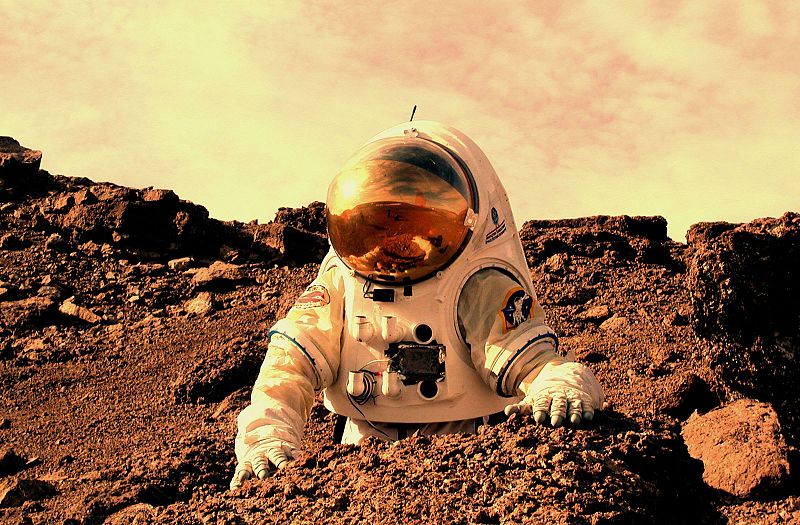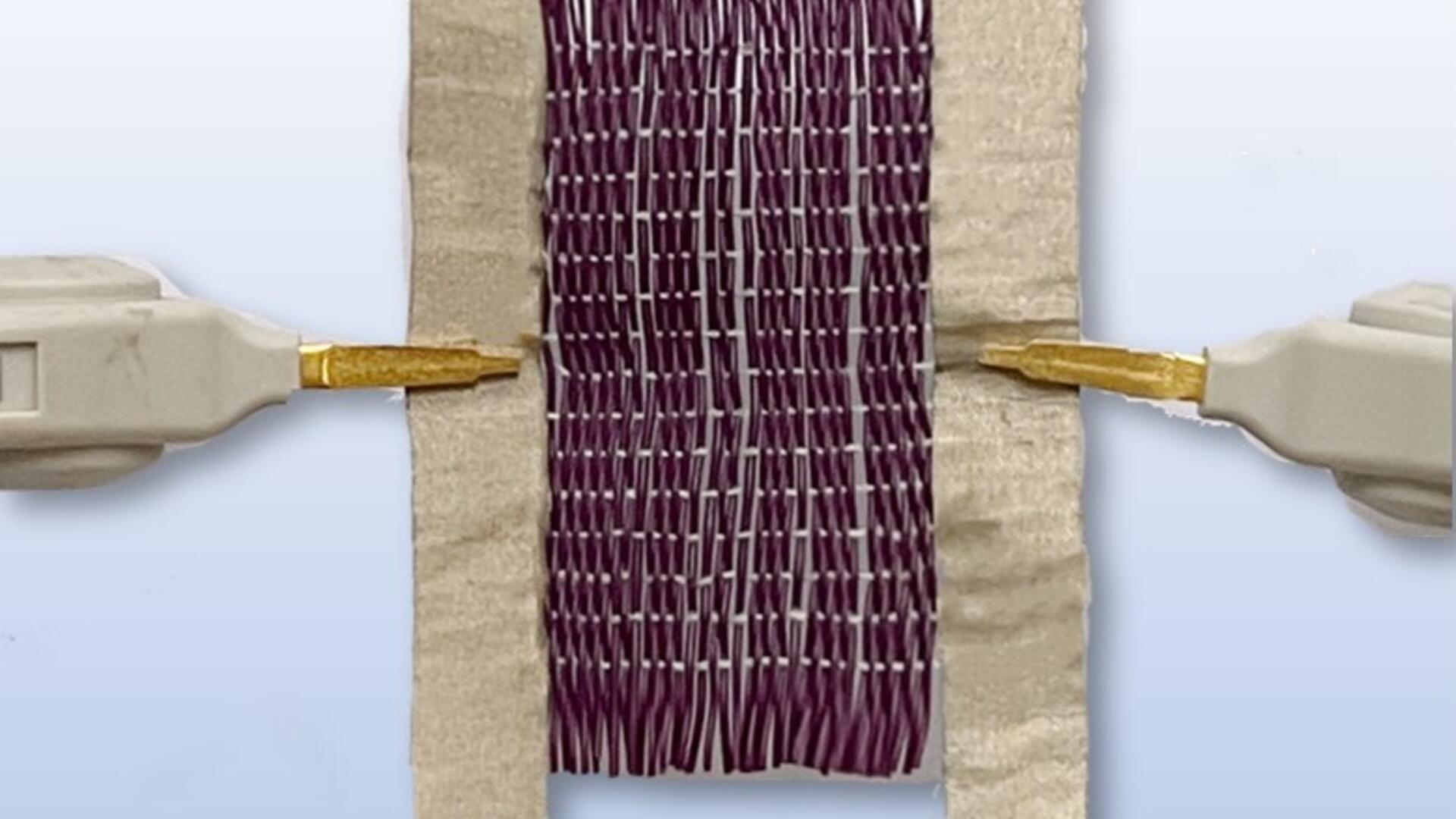Keeping astronauts breathing for human space exploration has been a challenge since the first space flights in the 1960s.
Currently, International Space Station and other spacecraft use centrifuges to get oxygen in space. But this is a very complicated process that requires bulky machines, significant power, and maintenance.
Now, scientists have proposed a new way to produce oxygen for future missions to the Moon or Mars.
Researchers from the University of Warwick in the UK, the University of Colorado Boulder, and Freie Universität Berlin in Germany invented this new system to generate usable oxygen and fuel from lunar soil using magnets.
Concept behind!
Imagine the bubbles of CO2 in a glass of fizzy soda which quickly float to the top. But in space, those bubbles have nowhere to go because of the absence of gravity. As a result, they stay suspended in the liquid.
Currently, centrifuges are used to force the gasses out with large and expensive machines. Now, the team has conducted experiments demonstrating magnets could achieve the same results.
Successful tests were conducted at the Center for Applied Space Technology and Microgravity (ZARM) at the University of Warwick in Germany at a special drop tower facility that simulates microgravity conditions.







